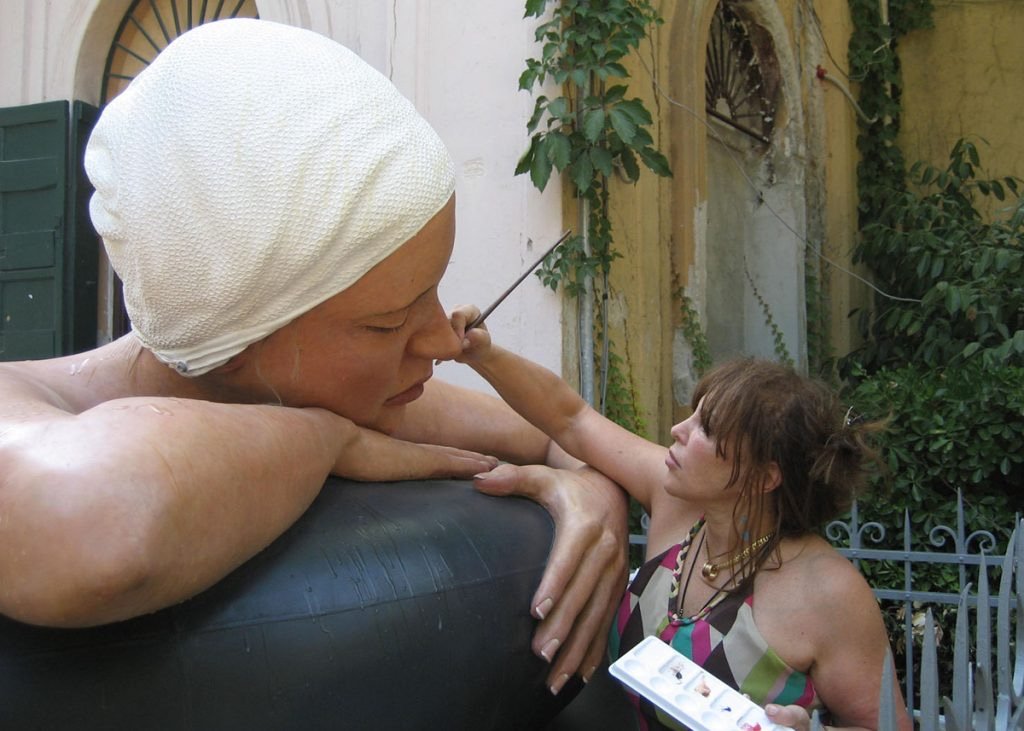Image via Pexels
Building a business from a creative passion requires more than just talent. It involves careful planning, understanding market demands, and implementing strategies that ensure long-term success. From legal considerations to pricing strategies, each step plays a vital role in turning artistic work into a profitable venture. By taking a structured approach, artists can transition from creating for enjoyment to running a thriving business that reflects their vision and goals.
Define Your Market and Specialization
Establishing a successful creative business begins with a clear understanding of what sets your work apart. Identify the specific style, medium, or subject matter that defines your artistry and appeals to a particular audience. Research similar businesses to assess the demand for your niche and determine how your work fills a gap in the market. This clarity will help you connect with the right customers and stand out from the competition.
Navigate Legal Requirements
Turning a hobby into a business comes with legal responsibilities that cannot be ignored. Register your business according to local regulations, ensuring compliance with tax requirements and any necessary licenses. Consider business structures like sole proprietorships or LLCs to protect your personal assets. Taking these steps early will help you operate legally and avoid potential issues in the future.
Develop Your Brand and Business Plan
A strong brand identity makes your work recognizable and memorable to potential buyers. Choose a business name, create a professional logo, and establish a consistent aesthetic across all marketing materials. A business plan should outline your goals, target audience, pricing strategy, and financial projections. This plan serves as a roadmap, helping you stay focused and make informed decisions as you grow.
Use Video Marketing to Expand Your Reach
Videos provide a dynamic way to showcase your artistic process, share behind-the-scenes content, and engage with potential customers. Short-form videos work well for social media, while longer tutorials or time-lapse recordings can highlight your expertise. A compelling video strategy can help build trust with your audience and drive more interest in your work. To enhance the professional appeal of your content, consider using a free video editor that allows you to add audio, change your video speed, animate elements, and more.
Organize a Dedicated Creative Space
A well-structured workspace improves efficiency and allows for uninterrupted creativity. Designate an area in your home or studio that is free from distractions and equipped with essential tools and storage solutions. Keeping your materials organized ensures you can work efficiently and meet customer demands without unnecessary delays. An optimized workspace contributes to both productivity and professionalism in your business.
Set Competitive Pricing
Pricing artwork or creative services fairly requires a balance between market standards and the true value of your work. Factor in material costs, labor, and overhead expenses when determining prices to ensure profitability. Research competitors’ pricing structures while considering the uniqueness and quality of your work. Offering multiple pricing tiers or limited-edition pieces can attract a broader customer base without undercutting your worth.
Strengthen Your Business Knowledge
Beyond creative talent, running a business requires strong management and strategy skills. Learning about budgeting, customer relations, and operational efficiency can help you navigate challenges and scale your business. A degree in business management can help you develop your knowledge of business, strategy, and management, along with learning about leadership, self-awareness, and self-assessment. If flexibility is a priority, consider exploring a degree in business management online, which allows you to build expertise while maintaining your creative work.
Leverage Social Media for Growth
Social media provides a powerful platform for building an audience and driving sales. Regularly posting engaging content, interacting with followers, and utilizing relevant hashtags can increase visibility. Consider collaborating with influencers, participating in online art challenges, or running giveaways to expand your reach. Engaging consistently with your audience helps build brand loyalty and encourages repeat customers.
A successful creative business is built on thoughtful planning, continuous learning, and strong customer connections. Making informed decisions about branding, pricing, and marketing strengthens sustainability and growth. As artists develop their skills in both business and creativity, they gain the tools needed to navigate challenges and seize new opportunities. By taking the right steps, turning a passion into a profession becomes a rewarding and achievable goal.
Written by Tanya Lee
Learn more about Superealist American sculptor and author Carole A. Feuerman by visiting her website today!





















